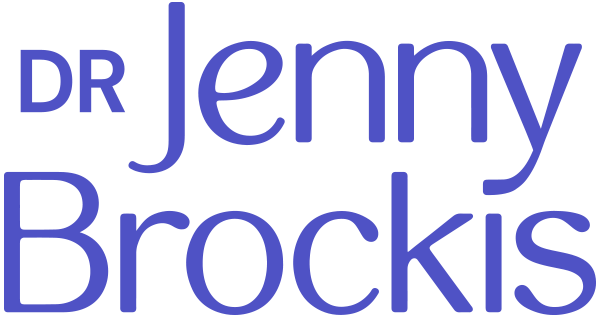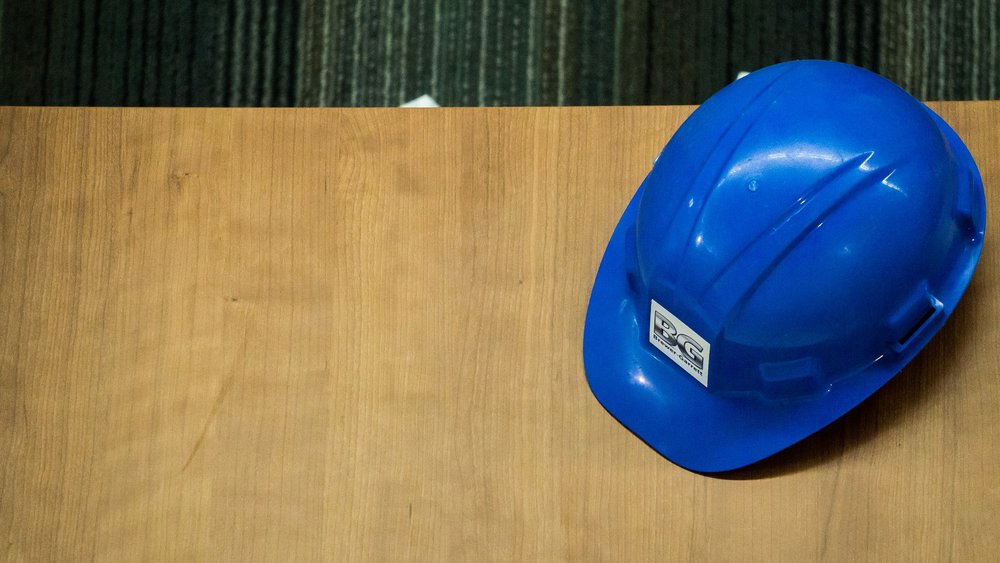Looking after your noggin is plain common sense. Growing up in the UK where many of the older houses were constructed at a time when people were somewhat shorter in stature than they are today, the phrase “mind your noggin on the lintel!” remained sage advice. If you’ve ever done it, you’ll know just how much it hurts if you forget to duck as you pass through that low lying door.
Failing to look after our noggin is expensive. Safe Work Australia reported the direct and indirect costs to the economy in 2012-13 to be about $61.8 billion and this isn’t just from knocking our heads inadvertently on doorframes.
While there’s a lot of talk about safety at work, this is usually from the physical and or mental wellbeing perspective. Little if any attention is being given to brain safety.
Yes, brain safety. It’s the missing link so glaringly obvious yet commonly overlooked. How well we think, learn and remember i.e. our cognition is something that matters, no matter our role.
Cognitive health is about having a brain that is fit, healthy and optimised to work at it’s best. When we feel safe, the brain is relaxed, we’re more open-minded, more willing to innovate, to try out new ideas and contribute more.
Which is why ensuring everyone’s brain safety at work helps to minimise the risk of accident or error, and maximise productivity and performance.
One way to elevate brain safety is by creating a more mindful work environment. Being human we are fallible and we make mistakes. Being mindful helps to reduce that risk and ensure lessons are learned to reduce the likelihood of a repeat scenario.
It’s just like when we learnt to cross the road safely as kids. Look both ways, check all is clear and keep looking while crossing.
Being more mindful can take a number of different forms including
- Mindfulness or other forms of meditation
- Spending time in green (or blue) space
- Deep breathing
- Scheduling time to be alone with your thoughts
- Choosing to switch off technology (at least for a little while)
- Engaging in creative pastimes such as painting
- Active listening
- Practising consciously noticing how you perform everyday tasks, like answering the phone, waiting in line to be served at the coffee shop or interacting with your kids
- Being a monotasker, doing one thing at a time
- Staying curious about what’s happening
What is so heartening is seeing how many more companies are now integrating some of these ideas into their workplace culture.
Operating errors frequently arise from a mixture of human factors including fatigue, lack of attention, complacency, taking short cuts or doing things too quickly.
By slowing things down, that near-miss catastrophe or potential disaster becomes easier to avoid. I teach these skillsets that keep you present, alert, off autopilot and safe in my Frantic to Focus and mindFULL programs.
Mindfulness meditation typically uses the breath as a point of focus. Slowing down your rate of breathing influences what is known as your vagal tone, leading to a greater state of calm, heightened awareness and reduced stress.
Quietening down your brain’s limbic system makes it easier to retain access to the pre-frontal cortex, the part of your brain used for logic, analysis and reasoning. Using fMRI scans meditation has been shown by scientists to increase brain activity and connectivity in the prefrontal cortex and hippocampus while calming the amygdala; the part of the brain concerned with thinking about ourselves and the generation of emotion. Regular mindfulness practice helps us to think clearly during those challenging moments of potential chaos or disaster.
Creating a more mindful or brain safe environment requires buy-in from everyone, starting at the top. It’s not enough just to offer encouragement.
That’s why while working as a GP, taking a moment to gather my thoughts in between patients allowed my mind to settle and to be better prepared for the next consultation. Being mindful works well too, for preparing to deliver a presentation, attend a job interview, have that difficult conversation, or get more out of a meeting. In his book The Third Space, Dr Adam Fraser describes how taking time to reflect, rest and reset helps us to transition easily between different aspects of our lives.
Whether you use mindfulness, the Third Space or another method, it’s all about creating a brain safe environment that enables you to think at your best and do good work every day.
How mindful is your work environment?
Is your business brain safe?
I’d love to hear your thoughts.


